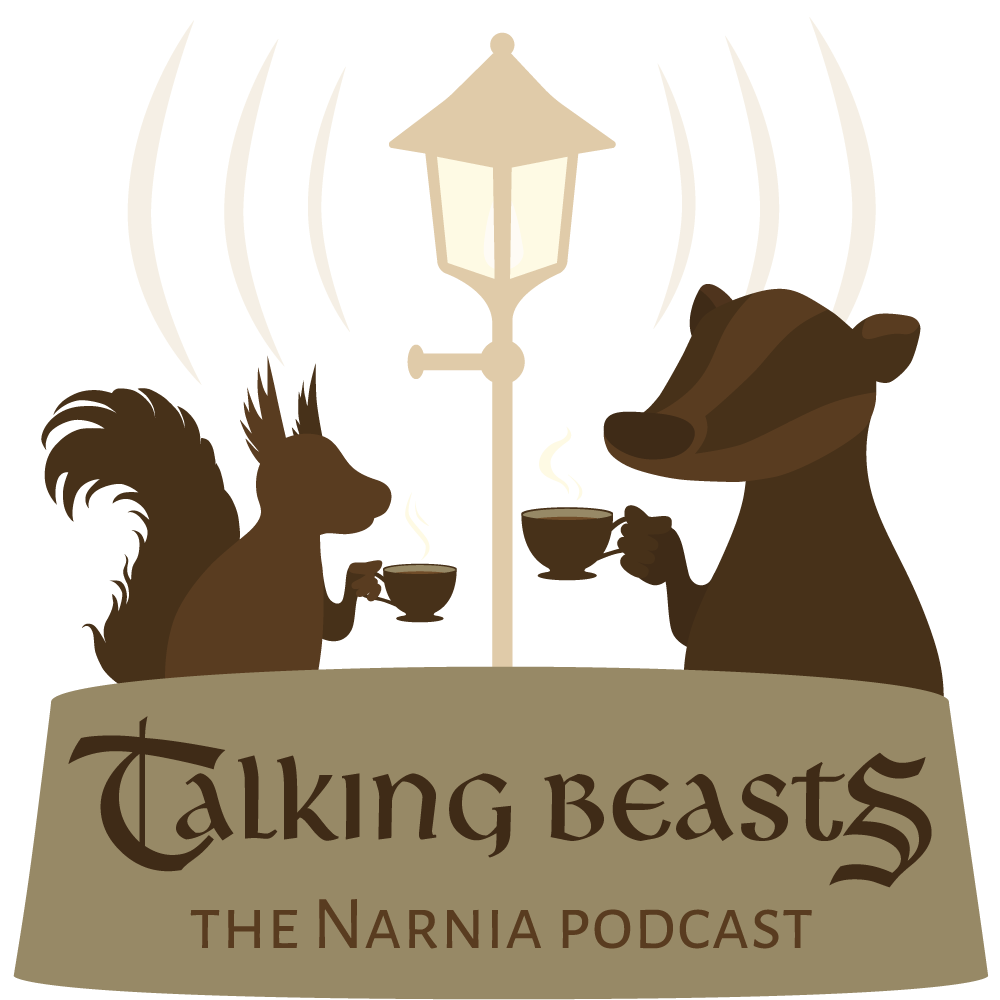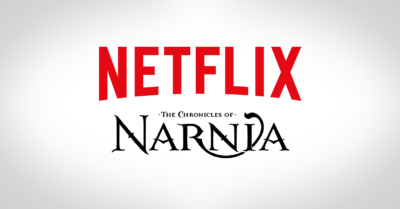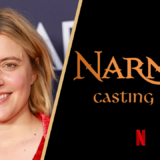UPDATED: Elbakin.net Interviews Andrew Adamson
Many thanks to NarniaWebber Halrandir for translating the interview. You can read the original article in French here at Elbakin.net.
Elbakin: Can you describe what it was like for you to work with four children as the main characters?
Andrew Adamson: At first I was a bit intimidated at the idea of working with children, especially because I hadn’t spent a lot of time with adolescent kids recently. Actually, I found it to be better than I could have imagined. The children are very open with their imaginations, and that makes them such marvellous actors, they want to go where ever you want the story to take them.
What’s your favorite anecdote about filming with the children?
There are so many favourite moments that it’s impossible for me to pick just one.
What was the main thing you looked for when choosing the actors for the four principal roles?
I was looking mainly for children who were “like” the characters rather than actors who simply played them. In general, I spent some time with the kids to get to know them a bit better and find out if they were like the characters as I imagined them.
What qualities did you look for?
Honestly, I was looking for kids who basically were those characters so they wouldn’t have to worry about acting, they could just be themselves. In Lucy, we found an adorable child who was empathetic and imaginative. In Edmund, we found a boy whose natural curiosity and tendency toward mischief, was a big part of his personality (Skandar would agree), in Susan we found a beautiful girl who is very smart and together, in Peter we found a boy on the midst of becoming a man, who was also good at being a caring and nurturing older brother, which William is.
Even for adults, certain scenes in the book are very dark. How did you work that out with the kids?
C. S. Lewis could write something like “I can’t tell you how scary it was, or your parents wouldn’t let you read this book.” In the movie, we had to deal with the visualisation of these moments. They are dark moments, they are scary passages, emotional moments, and tragic moments. I wanted to bring them to life in a that treats the reality of life and death in these situations but in a way that wouldn’t stop young children from appreciating the film. Children like to get scared as long as there is soothing somewhere, there isn’t any need to be traumatising or too visual to obtain the emotional impact looked for by the book.
If you could be one of the four Pevensies, who would you chose?
That’s very easy, Peter gets a cool sword from Father Christmas. Obviously, I would have most likely been Edmund!
What had the strongest impact on you during the shooting or post-production?
I think that the thing that had the most impact on me was my relationship with the children. Little by little, I began to feel the same thing for them as for my own family. It was such a intense experience that we all lived together, we’ll always share it. I hope to stay in contact with each of them when they grow to accomplish all the marvellous things I know they’re capable of.
What was your favorite scene to shoot?
Different scenes for different reasons. I really loved the difficulty of the battle because it was in the open and also a physical challenge. I loved the scenes between Lucy and Tumnus, because Georgie and James were so funny together. There were many moments where I knew were were doing something special: Susan and Lucy crying on Aslan’s corpse – was mournfully beautiful; the White Witch dealing with Edmund was a incredible scene between Tilda, Skandar and Kiran; seeing William riding in the battle wearing Peter’s armor. There are too many to mention them all.
Did you have any funny incidents during the shoot?
Many of them enter into the category of “you had to be there” : Tilda leading a band of Minotaurs in song – using her magic wand as a microphone – while we circled above them waiting for the sun to appear; making Skandar believe that he had to take part in a dance and having him repeat invented moves (which were rather embarassing); the four children making fun of my attempts to portray Mrs. Beaver off-camera; all the children begining to sing in the middle of a take to embarass one of the operators. I don’t know if they’re “really funny” for those who weren’t there – but we laughed a lot during the shoot.
If you had a wardrobe like that in the movie, where would you want to go?
Narnia of course, but above all anywhere. I love the idea of going to any unknown place. There are so few places that are still untouched in our world that I like the idea of discovering new ones. I think that’s one of the joys of cinema, to be able to visit imaginary worlds.
Part 2
What is the biggest difference for you between directing an animation movie and live-action movie?
It’s story telling. In some ways it’s very similar. You figure out the best way to tell the story and then you work to get the performances. The whole time you are working to create the visual world for them to exist in. I found a lot of similarities, in different environments. The biggest difference is that in live action, you don’t have to tell your characters when to blink, and in CG animation you don’t have to worry about the weather, extend that metaphor out and it pretty much covers everything!
In which way was the experience of making “Shrek” helpful for creating a fantastical world like “Narnia” and working with an enormous amount of complex special effects?
We story boarded and did a lot of pre-visualization of the movie before we ever shot footage. That is something I learned from the way animated movies are made. I consider this more of a writing tool than a production tool because you get a chance to watch the movie before you make it, but it also helps with the complex effects. Obviously the other similarity was the CG characters. Narnia is populated with mythological creatures and talking animals. Although I wanted them to be photo-real in this film we employed a lot of similar animation techniques.
Read the rest of the second part in English here at Elbakin.net. Thanks to Ciboule for the heads up.





